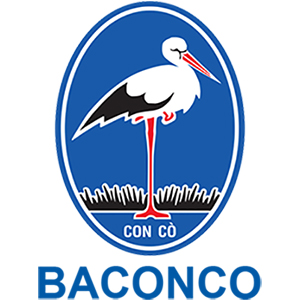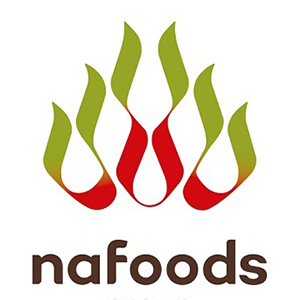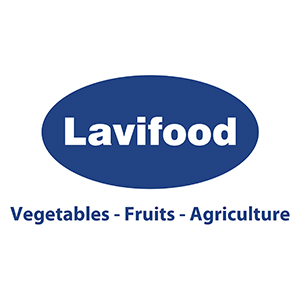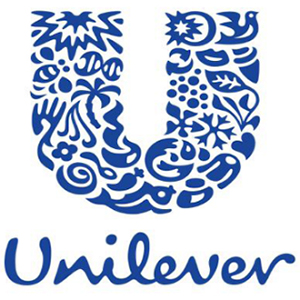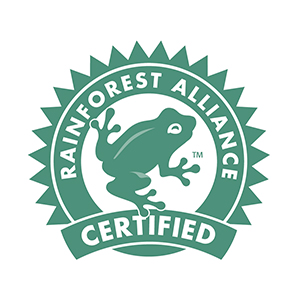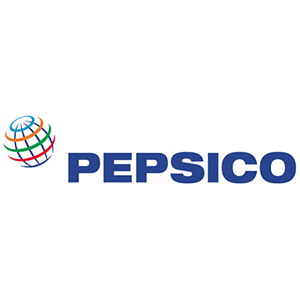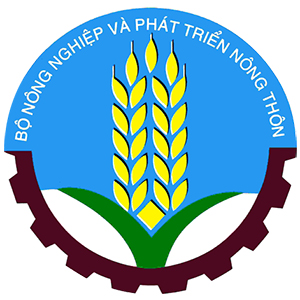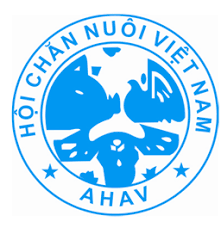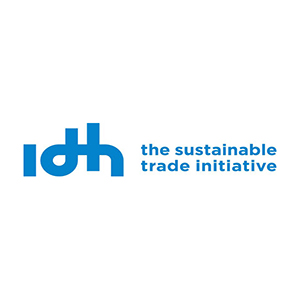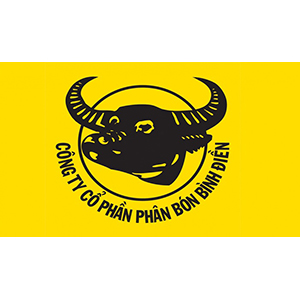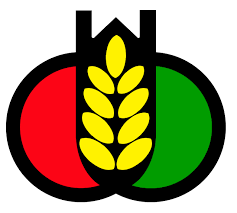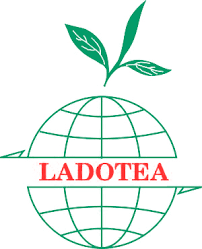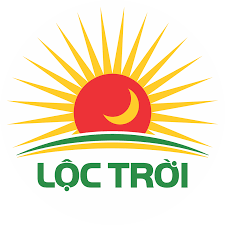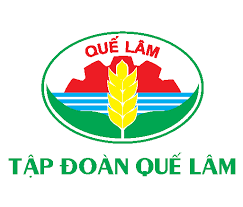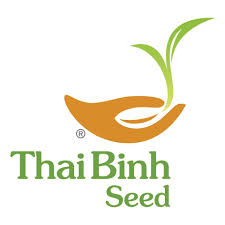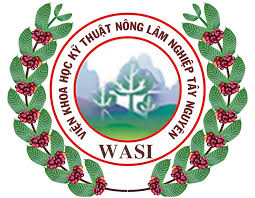- Giới thiệu
- Nhóm Công tác
- Tin tức
- Thông tin về FTA
- Tài Liệu
- Sự kiện
- Liên hệ
Agricultural exports strive to reach USD 28 billion in the last half of 2022
Representatives of MARD attended a meeting on June 1 to discuss the output and exports of agro-forestry-fishery situations in May and to identify key tasks for June.
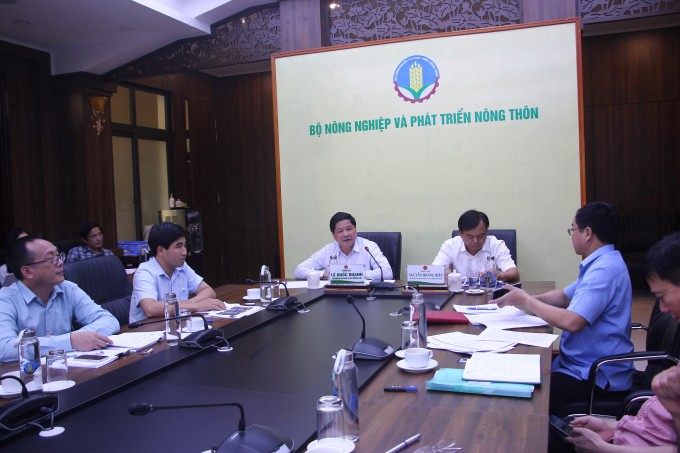
Deputies Minister of MARD Le Quoc Doanh and Nguyen Hoang Hiep chaired the meeting on reviewing the agricultural tasks of May and identifying key tasks on June
According to the report of the Ministry of Agriculture and Rural Development, the entire country sowed 2,991,8 thousand hectares of the winter-spring rice crop by the middle of May. In comparison to last year's harvest, this year's yield and output were lower due to higher fertilizer costs, farmers' reduced investment, and unseasonal rain in the previous month.
The recovery of swine and poultry farming was attributed to the effective management of epidemics. In the first five months of the year, the field of forestry also made a good start due to favorable weather conditions. Newly planted concentrated forest reached 93.5 million hectares, an increase of 3.8 percent over the previous year.
In May, seafood production reached 756.9 thousand tonnes, an increase of 2.9 percent compared to the same period last year. The five-month total seafood output increased by 2.3 percent year-over-year to 3,356.9 thousand tonnes. Tra fish and brackish shrimp had the greatest output and productivity.
In 5 months, the total import and export turnover of agro-forestry-fishery products was estimated at USD 41.3 billion, up 8.6 percent compared to the first 5 months of 2021; in which exports reached approximately USD 23.2 billion, up 16.8 percent; imports were estimated at approximately USD 18.1 billion, down 0.3 percent; trade surplus was nearly USD 5.1 billion, 3 times greater than the same period in the previous year.
Representatives of MARD units also proposed key tasks for the agriculture industry to achieve its goals in the next six months, including the target of agricultural exports reaching USD 28 billion in the second half of 2022, during the meeting.
In the field of crop production, it is essential to concentrate on harvesting the winter-spring rice crop, caring for the summer-autumn rice crop, and sowing the seasonal rice seeds, as well as on directing industrial plant and fruiter production, enhancing plant protection, and controlling phytosanitary and pest issues.
Vietnam's production of African Swine Fever is a key event for livestock production in June. In addition, it is vital to maintain promoting disease-free cattle, biosecurity, as well as feeds and support product availability.
Concerning aquatic products, it is necessary to guide localities in the development of aquaculture of key species; to monitor and forecast fishing grounds to inform and assist fishermen in producing safely, effectively, and following regulations; and to support fishermen in producing in a manner that is safe, efficient, and compliant with regulations. The competent units have been tasked with completing the National Program on Sustainable Fishery Development 2021-2030 and the project to transform the fishing craft in the coming months.
In the field of international cooperation, local and international conditions must be monitored to prevent stagnation at the Northern border.
During the meeting, Deputy Minister of Agriculture and Rural Development Le Quoc Doanh stated that Vietnam's agriculture faces several challenges, including the United Nations' forewarned global trend of rising food demand, fluctuations in fuel and oil prices, climate change, and unpredictable natural disasters... To efficiently direct production and fulfill the year-end goals, the Deputy Minister recommended that units focus on meticulous calculation in four growth-generating sectors, including fisheries, livestock, crop production, and forestry.
For exports, while rules and standards change frequently and there are no systematized focal points, it is vital to provide precise regulations and methods for communicating with businesses that seem passive in acquiring information.
Tin liên quan
PSAV Attends the 30th Anniversary Celebration of Cargill Vietnam2025/10/23
Plant health management helps increase coffee yield up to 15%2025/10/16
An Giang to host 2025 OCOP forum for sustainable development2025/09/25
Viet Nam and France foster cooperation on blue economy and sustainable environment2025/09/29
Agriculture and Environment exhibition ready for National celebration2025/08/27



 Điều lệ hoạt động
Điều lệ hoạt động
